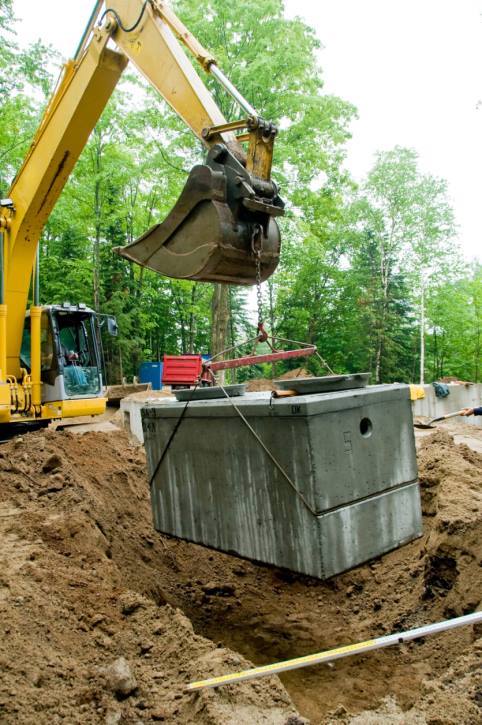R & R Backhoe, Dozer and Discount Septic Tank Services
Call for your
FREE
estimate today!
Common Septic Tank Problems
In a septic system, wastewater enters through a chamber into the septic tank. There, the solid sludge settles to the bottom, while the scum floats to the top. Liquid moves through the chamber, carrying the scum into another chamber, where solid waste further moves to the bottom. Finally, the excess liquid moves out into a drain field. Throughout the process, the waste is anaerobically decomposed.
When it works the way it should, a septic tank keeps a property functioning efficiently. The average tank should be pumped every three to five years. However, if left untreated, the tank can become full and overflow.
Common septic tank issues also include:
Detached dividing wall – If the septic tank splits into two compartments, one chamber could trap the sludge, causing a system failure.
Full tank – An overflowing septic tank can reveal an issue with the drain field and its ability to absorb the wastewater.
Wall corrosion – Corroding walls occur when hydrogen sulfide gas becomes trapped in one or more of the compartment tanks.
Roots – Because the septic tank emits wastewater, if underground, plants will start to grow towards the septic unit. The roots of large plants such as trees can cause extensive damage.
Does Your Septic Tank Need Repair?
It can be difficult to notice how a septic tank is functioning, primarily because you likely don’t visually see it when you use it like you do a faucet, drain, or sink. However, there are some telltale signs that you can keep an eye out for that may indicate your septic tank isn’t working the way it should.






